
Echeveria compressicaulis World of Succulents
Echeverias are native to remote, mountainous terrain between 1,000 and 4,000 feet elevation. They range from Mexico to Argentina and grow in rock faces and ledges on near-vertical cliffs. Many of the 150 recognized species have been crossed to make new cultivars, of which there are well over a thousand.
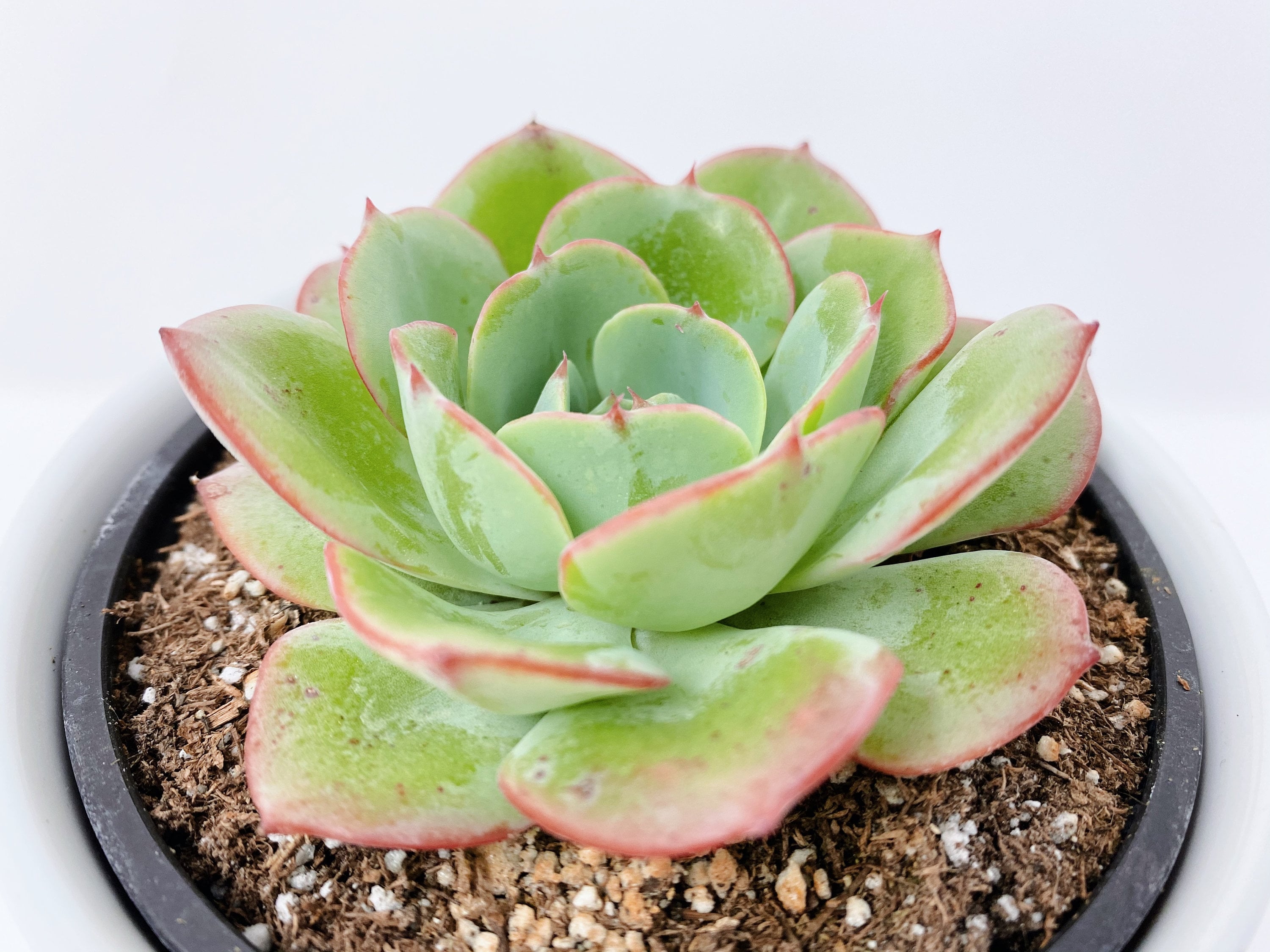
Echeveria Succulent
echeveria, (genus Echeveria), genus of about 150 species of succulent plants in the stonecrop family (Crassulaceae), native from Texas to Argentina.Many are popularly called hen-and-chicks because of the way new plantlets, or offsets, develop in a cluster around the parent plant.The usually broad fleshy leaves have waxy, velvety, or powdery surfaces and are often iridescent and sometimes red.
/DSC_9668copy-c7bccc862aef4f66936184e049741d0e.jpg)
10 Most Popular Types of Echeveria
1. Echeveria affinis Echeveria affinis Echeveria affinis is a low-growing Echeveria that is well-known for the dark color that the leaves turn when exposed to bright light. If the plant is placed in a location that does not receive a lot of sunlight, the leaves will turn a greener hue. During the spring and summer, these plants produce red blooms.

Echeveria Plant Care How to Grow & Maintain Echeveria Plants Apartment Therapy
1. Topsy Turvy Echeveria Scientific Name: Echeveria runyonii Size: 8 to 10 inches Popular for its unique spoon-shaped, blue-green leaves with a touch of silver hue. This fast-growing succulent does well only in a warm climate. 2. Blue Frills Echeveria Scientific Name: Echeveria 'Blue Frills' Size: 8 to 1 inches

41 Awesome Types of Echeveria (With Pictures) The Green Experiment Company
Types of Echeveria Succulents: A Guide To The Right Succulent For You Updated: February 23, 2023 | By: Gary Antosh Echeveria [ech-eh-VER-ee-a] is a hardy, attractive succulent member of the Crassulaceae family. Plants in the Echeveria genus do well when kept as a houseplant or when grown outdoors in a favorable setting.
:max_bytes(150000):strip_icc()/GettyImages-519281585-cc22812aec4f4333ba36c5c05debc27d.jpg)
10 Most Popular Types of Echeveria
4. Echeveria nodulosa. Known as the painted echeveria, this Echeveria succulent stands out from the others on this list. With silvery green foliage accented by lovely red stripes, this succulent is reminiscent of the Tradescantia zebrina.. Unlike other echeverias, these rosettes are meant to grow on a long stem similar to aeoniums.
A stressed Echeveria imbricata. This is the type that has less chlorophyll. As a result, any
Species of echeveria succulents generally have thick green fleshy leaves. There are some echeveria species with blue, silvery-green, light purple, light pink, gray, or light red leaves. Because of their low-growing nature and stylish look, echeverias make great houseplants.

41 Awesome Types of Echeveria (With Pictures) The Green Experiment Company
10 Most Popular Types of Echeveria By Cori Sears Updated on 01/18/21 The Spruce / Cori Sears Echeveria is a genus of flower-shaped evergreen succulents native to the mountain ranges of Central America and South America. They come in a variety of stunning shapes and colors and are widely regarded as some of the most beautiful succulents.
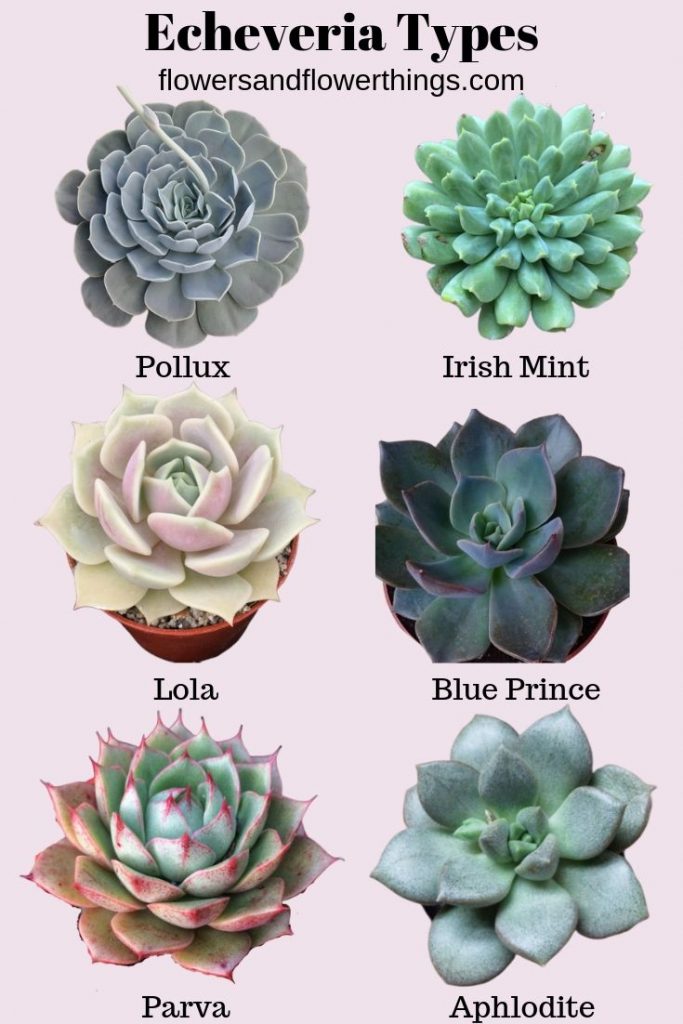
40 Echeveria Types & Care (with Pictures) Flowersandflowerthings
Types of Echeveria: Varieties, IDs, and Photos The Definitive Guide To All Things Echeveria! By Milo Mason August 22, 2022 Echeveria is a hugely popular genus of succulents, and for good reason! With their brightly colored rosettes and easy care requirements, they're a perfect fit for any gardener.

Echeveria Imbricata—classically known as a type of “hens and chicks”. Echeveria imbricata
Here are the most common types of Echeveria plants: 1. Deranosa Echeveria Deranosa Echeveria is a rosette-forming succulent featuring grey to bluish-green leaves, with the leaf ends tipped with maroon on the margins. In the spring, it displays bright yellow flowers on tall, pale yellow stalks.

Types of Echeveria How to Grow, Labeled Photos Debra Lee Baldwin
Echeveria types covered in this post include Echeveria Abalone, Echeveria Allegra, Echeveria Aphrodite, Echeveria Apus, Echeveria Atlantis, Echeveria Azulita, Echeveria Blue Atoll, Echeveria Blue Prince, Echeveria Blue Sky, Echeveria Blue Swan, Echeveria Cassyz Winter, Echeveria Chris, Echeveria Chroma, Echeveria Colorshift, Echeveria Dondo, Ech.
Echeveria with no label, anyone know what species it is? r/echeveria
Echeveria Care Native to parts of Central America, South America, and Mexico, echeveria are succulents and members of the Crassulaceae family. Their care is similar to sedum and kalanchoe succulents, which means they all have fleshy, thickened leaves and stems that store water.

Echeveria Details, Photos & Varieties Debra Lee Baldwin
Here are some of the most common types of Echeveria. These are the species that you're most likely to find at the local plant store: Echeveria leucotricha (Chenille Plant) These two species look very similar, enough to share a nickname.
:max_bytes(150000):strip_icc()/GettyImages-1187796160-f0b085f63ffa45afa718d344bf14c50f.jpg)
10 Most Popular Types of Echeveria
Painted Echeveria Echeveria nodulosa. Size: 3 to 4 inches tall and 5 inches in diameter; clumps to 1 to 2 feet tall and 2 to 3 feet wide. Color: Pale blue-green and burgundy-red foliage, green flower stems and bracts, coral pink and yellow flowers. Named for its foliage that appears to be painted. Vigorous rosettes produce a profusion of offsets.

46 Types of Echeveria Plants How to Grow and Care for Beginners
1 Comment If you're unsure about the kind of succulent you own, this article can guide you in identifying more than 200 types of Echeveria plants, including both the ones commonly seen and the rarer ones. Echeveria Identification Chart Contents 1 Echeveria Identification Chart 2 Echeveria Types 3 How To Care For Echeveria 3.1 Light 3.2 Water
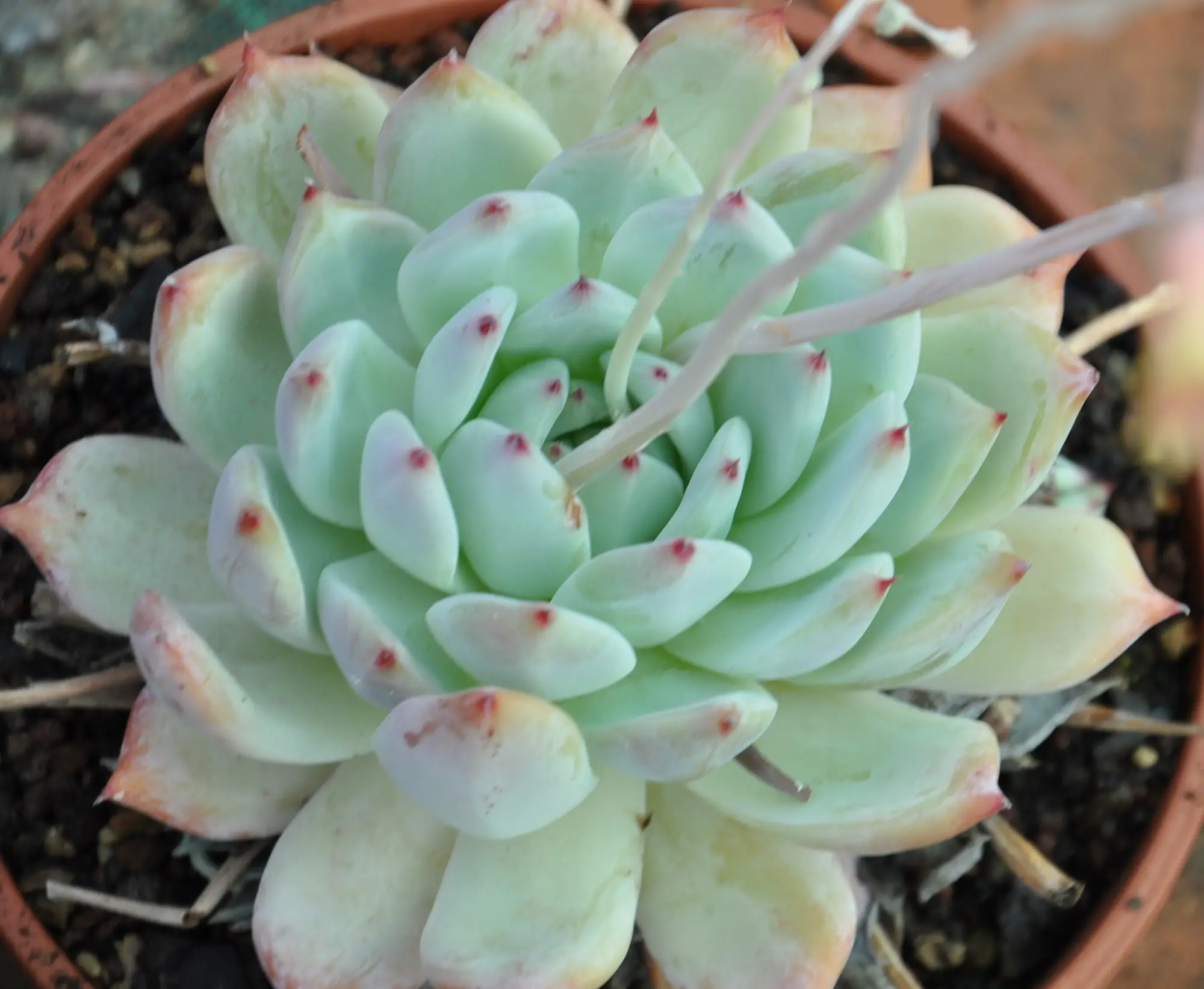
41 Awesome Types of Echeveria (With Pictures) The Green Experiment Company
46 Types of Echeveria Plants: How to Grow and Care for Beginners | Florgeous Echeveria Succulent Plant: Different Types, How to Grow and Care By Hazelle C. / Succulents / updated June 7, 2021 Sharing is caring! Echeveria is an extensive genus of succulent plants from the family Crassulaceae.